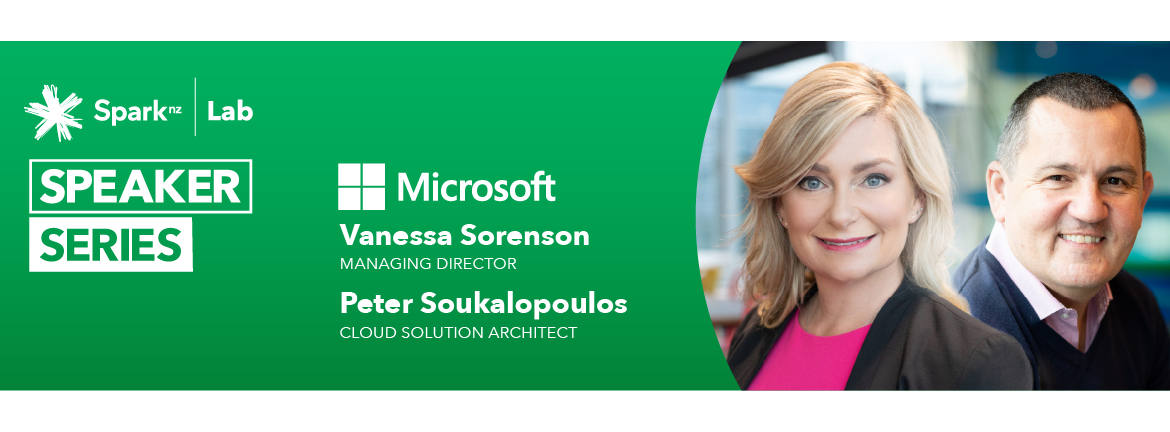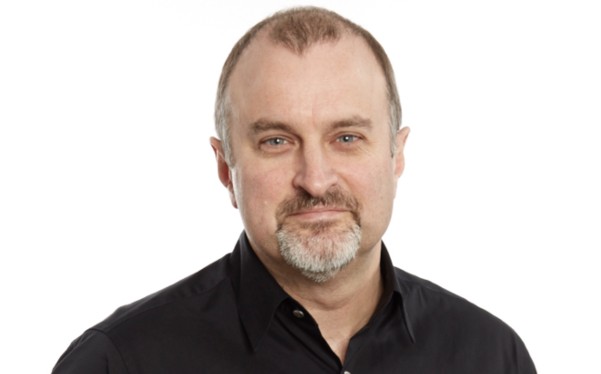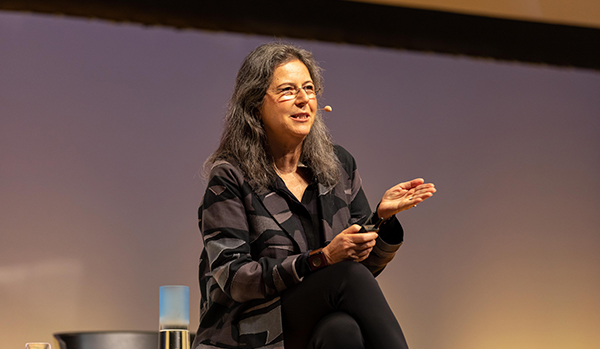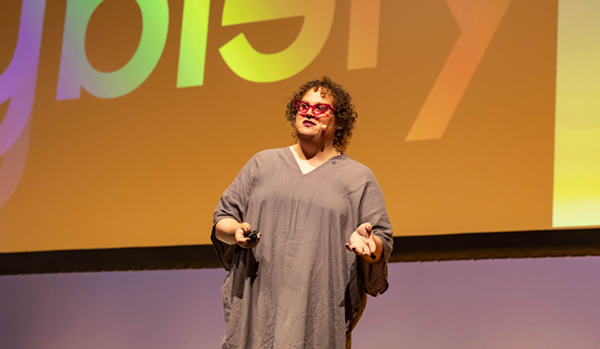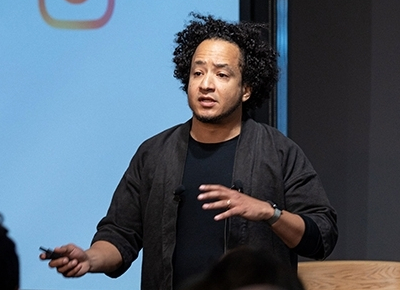Microsoft share their methodology for Diversity and Inclusive Design in business.
Vanessa Sorenson, Managing Director Microsoft New Zealand and Peter Soukalopoulos, Cloud Solution Architect shared their learnings from the Microsoft Inclusive Design journey.
Microsoft has embraced innovations that didn’t just solve problems, but often revealed new solutions to unasked questions. By bringing more voices to the table they unleashed greater creativity and innovative designs that represent the needs of many people.
The three key pillars
Microsoft’s Inclusive Design process has three pillars for any process:
- Recognise exclusion.
- Learn from diversity.
- Solve for one, extend to many.
While these pillars fit within a wider internal programme, they also provide clear guidelines for any process when exploring Inclusive Design.
Breaking the bell curve
The statistical concept of a bell curve was first drawn up in the 1800s by Adolf Quetelet. It creates this notion that the average is the ideal normal and will satisfy the most demand.
The bell curve depicts 80% of of us fall within an idealised norm, but in reality it only fits a few individuals perfectly. We need to disrupt the traditional 80/20 design rule and rethink the traditional model of designing for one, but solving for many.
Recognising exclusion
Inclusivity isn’t just about physical ability or race, it extends to age, gender, religion and wealth. It’s about the often inadvertent and unconscious barriers that limit how people can engage with services.
The diversity journey helps us understand how we think and how to listen to the other voices in our organisations. It allows us to find ways to transform how we work into a more inclusive process.
Look out for the mismatches
A good way of thinking about biases is that we subconsciously design for ourselves through the way we see, hear, feel and interact with the world. We work to create our own ‘normal’. This process can unintentionally reveal exclusions and inclusions which might be considered as mismatches.
Inclusive product design is the next step in the diversity journey. Businesses are continually finding more ways to help people find their fit and make their match. As Microsoft externalise this internal journey it’s becoming a tangible part of products and more visible in our services. We’re redefining the MVP (Minimum Viable Product) and ensuring its viability is all inclusive. In some instances it means creating an IVP – Inclusively Viable Product.
Inclusive Design includes everything
The design process should be holistic, aiming to go beyond the product. The full experience of the product from receiving it to enaging with it to even ongoing maintenance should be considered from an inclusive perspective.
Inclusivity leads to innovation
A mismatch between an opportunity and an individual can often lead to a solution that helps many people. A kerb might stop a wheelchair user but by adding a ramp it opens up the path to them. This solution also opens up the path to the cyclist, the person pushing the pram and the elderly person with a walker. This highlights that there are many unexpected outcomes in the development journey that are later revealed. Adding captions to video has not only helped those with hearing loss but also enabled multi-language options for learners.
Although the focus of this talk is about product design and tangible outcomes, the audience should also consider how this extends into the wider world. Perhaps focusing on how we can create more matches could increase the inclusivity of all people.
Watch the highlights from Peter’s talk

